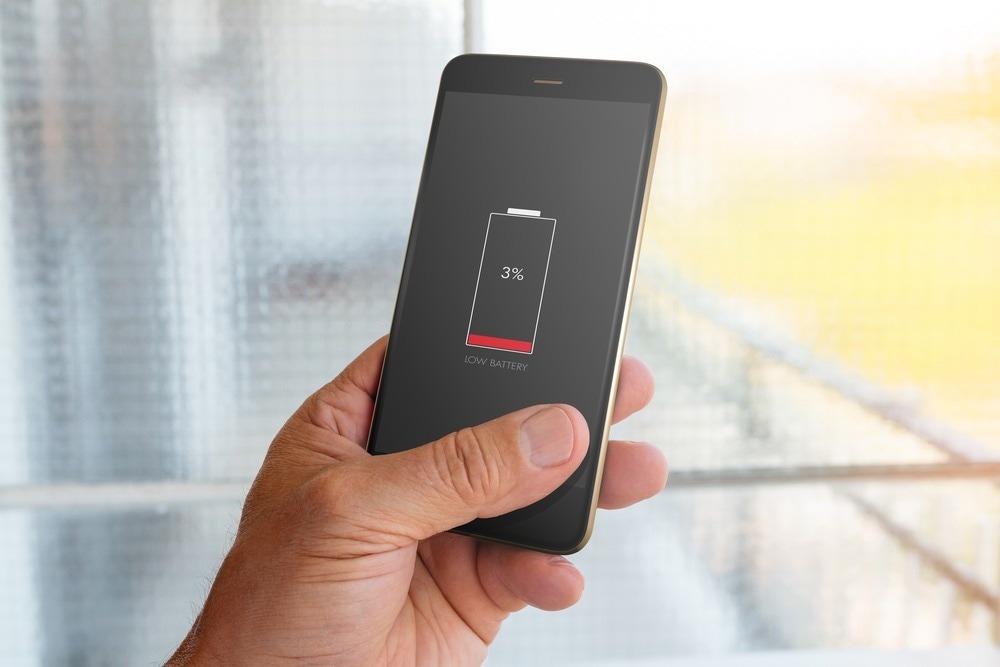The rapid evolution of mobile devices has become an integral part of our daily lives, but this convenience comes at a cost – the need for more powerful and longer-lasting batteries. Battery technology has seen remarkable advancements over the last decade, and these breakthroughs are poised to revolutionize the world of mobile devices. In this expert article, we will delve into the latest innovations in battery technology and how they are shaping the future of our handheld gadgets.
The Quest for Energy Density
One of the primary challenges in mobile device development has always been achieving higher energy density in batteries. Energy density refers to the amount of energy a battery can store in a given volume or weight. With the demand for thinner and lighter devices, this factor has never been more critical.
Solid-State Batteries: The Game Changer
Solid-state batteries are a breakthrough innovation that promises to significantly increase energy density. Unlike traditional lithium-ion batteries, solid-state batteries use a solid electrolyte instead of a liquid one. This eliminates the risk of leakage, resulting in safer and more compact batteries with higher energy density.
Solid-state batteries also boast faster charging capabilities, making them ideal for mobile devices. As a bonus, they are more environmentally friendly, as they do not rely on rare and potentially harmful materials like cobalt.
Extended Battery Lifespan
Mobile device users have long grappled with the frustrating decline in battery performance over time. Thankfully, recent advancements are addressing this issue head-on.
Silicon-Anode Batteries
Silicon-anode batteries are set to revolutionize battery lifespan. Silicon can store up to ten times more lithium ions than traditional graphite anodes, which means these batteries can last much longer before showing signs of degradation.
Moreover, these batteries exhibit improved efficiency, resulting in extended usage periods between charges. This technology is already being integrated into smartphones, providing users with a much-needed boost in battery life.
Rapid Charging Solutions
In a fast-paced world, no one has the patience for slow charging. Manufacturers have recognized this need and are racing to develop rapid charging solutions.
Graphene Batteries
Graphene, a super-thin material composed of a single layer of carbon atoms, is at the forefront of rapid charging innovation. Graphene batteries can charge up to five times faster than traditional lithium-ion batteries. Additionally, they maintain their performance even after thousands of charging cycles.
This technology is paving the way for devices that can be fully charged in mere minutes, making it a game-changer for users constantly on the move.
Environmental Considerations
As the world becomes more conscious of environmental issues, sustainable battery technology has gained significant attention.
Sodium-Ion Batteries
Sodium-ion batteries are emerging as a greener alternative to lithium-ion batteries. Sodium is abundant and widely available, reducing concerns about resource scarcity. These batteries are also safer to manufacture and dispose of, reducing their environmental impact.
Conclusion
The future of mobile devices looks brighter than ever, thanks to these battery technology breakthroughs. Solid-state batteries promise higher energy density and safety, silicon-anode batteries extend the lifespan of our devices, graphene batteries offer rapid charging solutions, and sodium-ion batteries address environmental concerns.
As these innovations continue to mature, we can expect mobile devices to become more efficient, longer-lasting, and environmentally friendly. The next generation of mobile devices will undoubtedly be powered by these cutting-edge battery technologies, ushering in a new era of convenience and sustainability for consumers worldwide.

